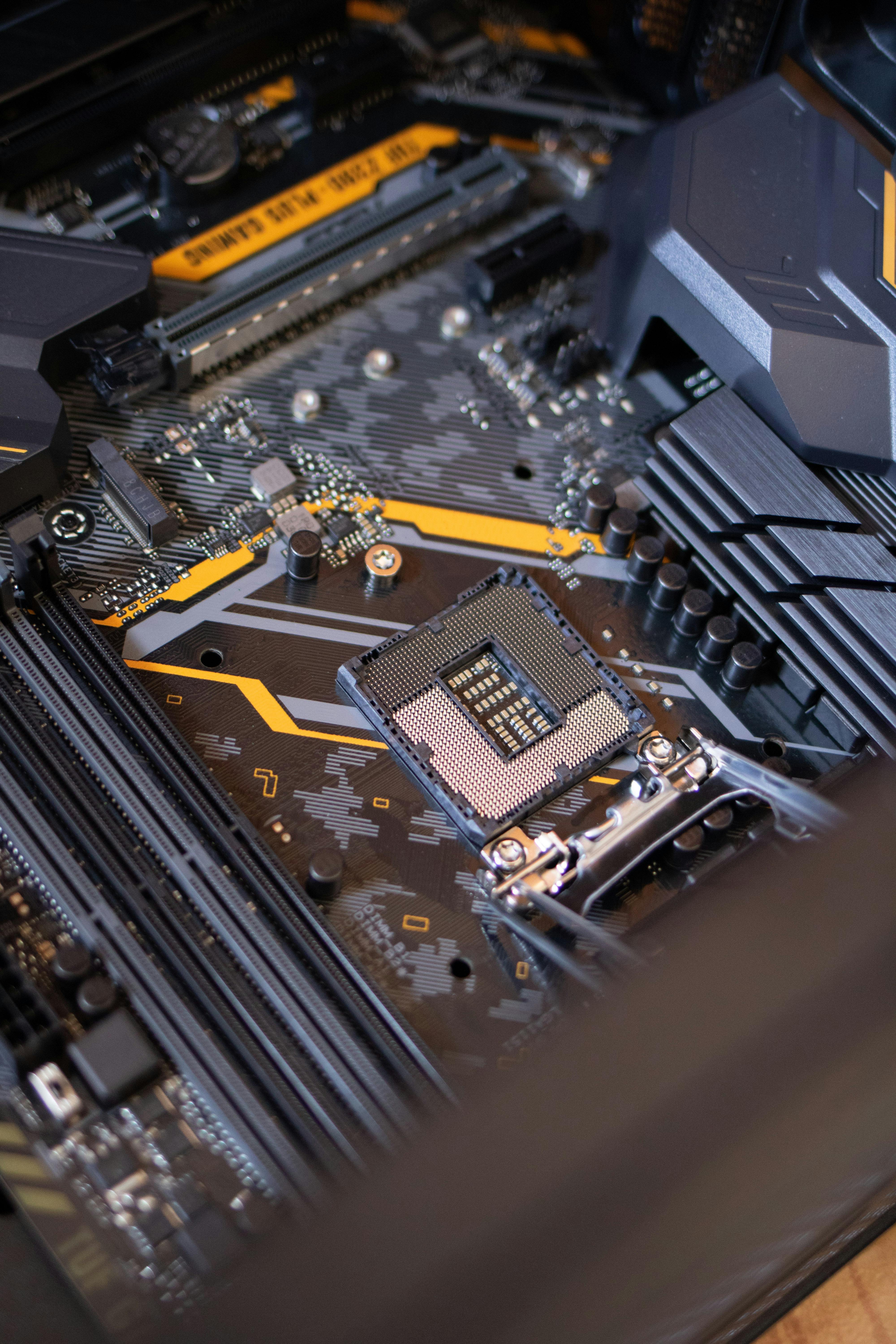Exploring AI Content Writing Tools: How AI Redefined the Writing Process

The importance of creating content has increased for both businesses and individuals in today's world. Whether it's writing blog posts or social media updates, people need to create interesting and engaging content for their audience. But it's not always easy to come up with new and exciting content all the time. That's where AI content writing tools can be helpful. These tools use artificial intelligence to create content that is high-quality and relevant to your audience.
In What Ways Does AI Impact Content Creation?
Artificial intelligence (AI) has revolutionized the field of content creation by streamlining the entire process through automation and optimization. With the help of AI-powered tools, content creators can generate, curate, personalize, optimize, and distribute content seamlessly and efficiently. AI analyzes vast amounts of data to identify trends, preferences, and patterns and uses this information to personalize content according to the individual needs and interests of the target audience.
AI Generation tool for Content Writing not only enhances the quality of content produced but also optimizes the distribution strategies to ensure maximum reach and impact. By analyzing data, AI tools can identify the most effective channels for content distribution and tailor the content accordingly, resulting in higher engagement rates and improved conversion rates.
Moreover, AI can also help in content creation by providing valuable insights into the performance of the content, allowing marketers to make data-driven decisions. By analyzing engagement metrics and conversion rates, AI can provide valuable feedback that can be used to improve the quality of future content and optimize distribution strategies.
How AI Redefined the Writing Process?
Gone are the days when writing was a tedious and time-consuming process. Thanks to AI technology, writers can now create content with greater ease and efficiency. By leveraging the power of AI, writing has become a much simpler and faster process. AI algorithms can help writers with various tasks such as brainstorming ideas, organizing information, and providing feedback on how to improve writing. This has significantly reduced the burden on writers, allowing them to create quality content at a faster pace. Additionally, AI-powered writing assistants can help writers identify potential errors, check for plagiarism, and suggest synonyms to improve their writing. All in all, AI has revolutionized writing, and it is now easier than ever to create excellent content with the help of this technology.
Advantages of AI in Redefining Writing Process

Artificial Intelligence (AI) has significantly impacted the writing process, offering several advantages that redefine how writing is approached and executed. Here are some key advantages:
Efficiency
The AI-powered tool is a helpful resource that allows writers to create content more efficiently, making it easier to meet deadlines and handle high volumes of work. These tools are capable of analyzing large amounts of data, extracting key insights, and reducing the time needed for research and data analysis.
Accuracy
With the help of AI technology, it's now possible to create content that is specifically tailored to the interests and preferences of a particular audience. This means that writers can use data and insights generated by AI algorithms to create content that is more engaging and relevant to their readers. As a result, the content they produce is more likely to capture their audience's attention and keep them interested.
Creativity
Many people think that artificial intelligence (AI) stifles creativity. But the truth is, AI can help writers come up with new ideas, prompts, and inspiration. AI writing tools are designed to generate creative suggestions and provide fresh perspectives, which can be a huge help when facing writer's block. So, if you're struggling to come up with something new, AI could be the key to unlocking your creativity!
Consistency
AI-powered writing tools can help writers to create content that has a consistent style, tone, and voice. This means that businesses can maintain a cohesive brand identity across all their communication channels, whether it's their website, social media, or emails. These tools can analyze existing content and replicate the desired style and tone, making sure that all content sounds like it comes from the same voice.
Scalability
If you're running a business and need to create a lot of content for your website or social media, you might need help to keep up with the demand while keeping the quality high. Luckily, there are tools available that can help with this. These tools can quickly generate content whenever you need it, so you'll always have fresh content to share with your audience. This can save you a lot of time and effort, and help you grow your business through effective marketing strategies.
Writing with AI: Challenges and Limitations
While AI content writing tools offer numerous benefits, they also pose certain challenges and limitations that writers should be aware of:
Quality Control
Even though AI technology has come a long way, using it to generate content may not always produce the most accurate or creative results. That's why human writers need to review and edit content created by AI, to ensure it's relevant and authentic.
Ethical Concerns
It's important to think about ethics when using AI to create content. There are some things to watch out for, like copying someone else's work, breaking copyright laws, and being honest with your audience. So, if you're using an AI tool to write something, make sure it's all above board and meets the standards.
Learning Curve
Becoming a pro at using AI content writing tools takes some time and effort. As a writer, you gotta learn how to use all the features and functionalities of these tools and keep practicing to get the best results. So, it's important to invest time in learning how to use these AI tools and keep honing your skills to achieve maximum impact.
Overreliance
It's important to not rely too much on AI writing tools. They might make you lazier and less creative in the long run. Instead, use them to make your writing better and complement your skills. That way, you can become a more productive and creative writer.
Tips for Integrating AI into Your Writing Workflow
To maximize the benefits of AI content writing tools while mitigating potential challenges, here are some practical tips for writers:
-
Experiment with Different Tools: Explore a variety of AI content writing tools to find the ones that best suit your writing style, preferences, and objectives.
-
Combine Human and AI Input: Strike a balance between human creativity and AI assistance by leveraging AI tools for tasks like research, data analysis, and content generation, while retaining control over the final output.
-
Customize and Refine: Take advantage of customization options and feedback mechanisms offered by AI tools to tailor the content to your audience's needs and preferences.
-
Stay Informed: Stay updated on the latest developments in AI technology and content writing best practices to continuously improve your skills and stay ahead of the curve.
-
Ethical Guidelines: Adhere to ethical guidelines and industry standards when using AI content writing tools to ensure transparency, authenticity, and integrity in your writing.
Conclusion
AI-powered writing tools have made writing so much easier and quicker than ever before. These tools help writers create high-quality content that is both efficient and effective. Thanks to AI technology, writers can write with more productivity, creativity, and scalability in their content creation process. However, it's important to approach AI tools with a critical mindset and understand their advantages and limitations. By integrating AI into their writing workflow responsibly, writers can unleash the full potential of this innovative technology and achieve their content marketing goals.
Author Bio
I’m Selena William, a seasoned content writer at Lumsum.net. Has over 3 years of expertise in the tech realm. As a tech enthusiast, she is dedicated to sharing knowledge on various tech and artificial intelligence topics, keeping people up to date with insightful tips and tricks. Her work has been showcased in diverse publications, reflecting her passion for delivering valuable tech insights.

